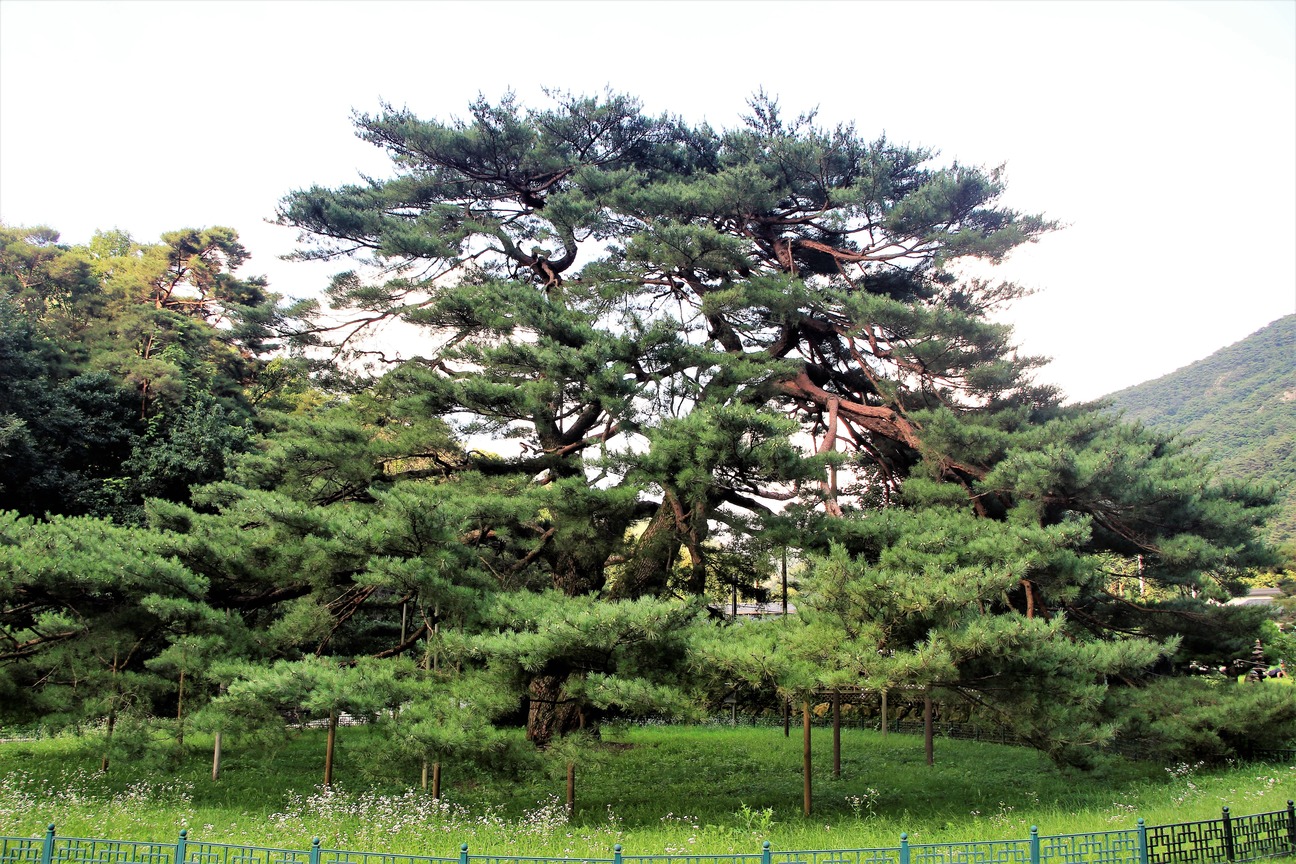Pine trees are renowned for their distinctive features, and one of the most striking characteristics is their thick stems. These robust trunks play a crucial role in the trees’ ecological and biological functions, providing protection, water retention, and structural integrity. In this comprehensive blog post, we will delve into the remarkable attributes of the pine tree’s thick stem, exploring its characteristics, ecological and biological purposes, and its role in safeguarding against forest fires.
What are the Characteristics and Measurements of a Pine Tree’s Thick Stem?

The diameter and height of a pine tree’s thick stem can vary significantly depending on the species. Let’s take a closer look at some examples:
| Pine Tree Species | Trunk Diameter | Mature Height |
|---|---|---|
| Eastern White Pine (Pinus strobus) | 1–3 feet | 70–80 feet, with some reaching up to 100 feet |
| Loblolly Pine (Pinus taeda) | – | 40–50 feet under landscape conditions, up to 90 feet in optimal conditions |
| Spruce Pine (Pinus glabra) | – | 50–90 feet |
| Pitch Pine (Pinus rigida) | 1–2 feet | 30–40 feet |
As you can see, the dimensions of a pine tree’s thick stem can be quite impressive, with some species reaching remarkable heights and diameters.
How Does the Thick Layer of Needles Serve Ecological and Biological Purposes?

The dense layer of needles on certain pine trees serves several crucial ecological and biological functions:
-
Water Retention: The waxy coating and small surface area of the needles help reduce transpiration, allowing the tree to retain water more effectively, especially in areas with limited water availability.
-
Photosynthesis: The needles are responsible for photosynthesis, which is essential for the tree’s growth and survival. The density and thickness of the needles contribute to the tree’s ability to absorb sunlight and convert it into energy.
-
Protection Against Herbivory: The thick layer of needles can deter herbivores from feeding on the tree. The needles’ chemical composition and physical structure make them unpalatable or difficult to digest for many herbivores, providing a natural defense mechanism.
How Does the Thick Stem Protect Pine Trees from Forest Fires?
The thick stem of a pine tree serves as a remarkable protective mechanism against the devastating effects of forest fires. Here’s how:
-
Bark Thickness: The bark of older pine trees can be up to 2 inches thick, providing insulation against heat and flames. This helps protect the inner layers of the tree from damage.
-
Resin Production: Pine trees produce resin, a flammable substance. However, the resin also helps to seal wounds and protect the tree from pathogens and insects. In the event of a fire, the resin can help to slow the spread of flames.
-
Structural Integrity: The thick stem of a pine tree provides structural integrity, allowing it to withstand the heat and flames of a forest fire. The tree’s ability to maintain its structure helps to prevent it from collapsing or being uprooted during a fire.
What are the Types of Pine Trees with Thick Stems?
Several species of pine trees are known for their thick stems, each with its own unique characteristics and adaptations:
-
Eastern White Pine (Pinus strobus): Found in eastern North America, this species prefers well-drained soil and full sunlight. It is often used for timber and is a popular ornamental tree.
-
Loblolly Pine (Pinus taeda): Native to the southeastern United States, this species grows in a variety of soil conditions and is often used for timber and paper production.
-
Pitch Pine (Pinus rigida): Found in eastern North America, this species grows in dry, sandy soils and is often used for construction lumber and pulp.
These are just a few examples of the many pine tree species that boast thick, robust stems, each playing a vital role in their respective ecosystems.
Conclusion
The thick stem of a pine tree is a remarkable adaptation that serves numerous ecological and biological purposes. From water retention and photosynthesis to protection against herbivores and forest fires, the thick stem is a testament to the resilience and adaptability of these iconic trees. By understanding the characteristics and functions of the pine tree’s thick stem, we can better appreciate the intricate relationships between these trees and their environments, and work towards their conservation and sustainable management.
References
- Clemson University, Home & Garden Information Center. (2020). Pine. Retrieved from https://hgic.clemson.edu/factsheet/pine/
- Maine.gov. (n.d.). Pine. Retrieved from https://www.maine.gov/dacf/mfs/publications/handbooks_guides/forest_trees/pdf/Pines.pdf
- Britannica. (n.d.). Pine. Retrieved from https://www.britannica.com/plant/pine
